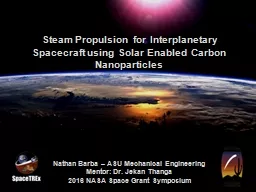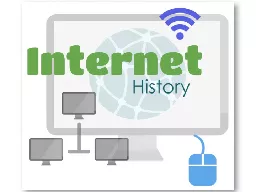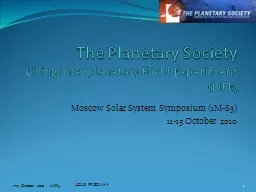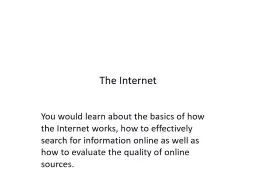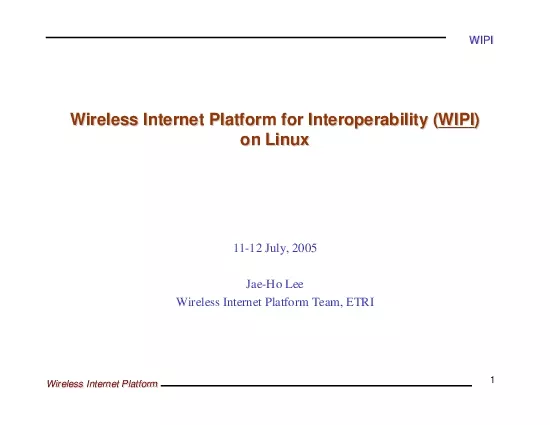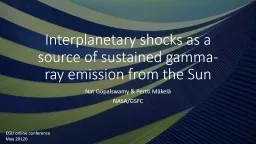PPT-INTERPLANETARY INTERNET
Author : myesha-ticknor | Published Date : 2018-11-09
BY SUYAMINDRA SIMHA V VIII SEM Introduction Some Fast Facts Objectives Challenges Architecture of IPN Working of Terrestrial Internet Working of IPN Terrestrial
Presentation Embed Code
Download Presentation
Download Presentation The PPT/PDF document "INTERPLANETARY INTERNET" is the property of its rightful owner. Permission is granted to download and print the materials on this website for personal, non-commercial use only, and to display it on your personal computer provided you do not modify the materials and that you retain all copyright notices contained in the materials. By downloading content from our website, you accept the terms of this agreement.
INTERPLANETARY INTERNET: Transcript
Download Rules Of Document
"INTERPLANETARY INTERNET"The content belongs to its owner. You may download and print it for personal use, without modification, and keep all copyright notices. By downloading, you agree to these terms.
Related Documents







